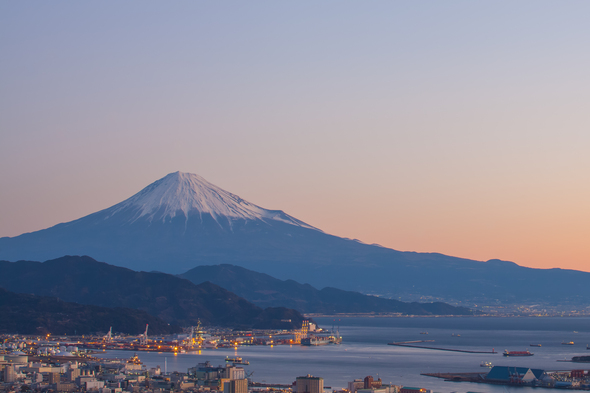A non-stop flight from London to Tokyo of some 13 hours brings you to a huge, buzzing city whose various neighbourhoods offer a whole range of options, from top-end shopping at lavish designer shops, to manicured parks and gardens, magical shrines alongside towers and skyscrapers, intimate traditional neighbourhoods of local shops and wooden houses, and neon filled alleyways with a night-life that has to be seen to be believed.

Travelling around the city is an adventure in itself with plenty of options: we recommend using the local rail and metro network if only to observe the locals in their day-to-day routines. Whilst the distances are huge, it is great to take train to a particular area then explore on foot.
You will find the local people to be unfailingly polite, bowing when you catch their eye, and attempting to assist your efforts to buy a ticket for example, although rarely able to communicate in English. Make sure you have a stock of polite responses in Japanese, or you will feel extremely uncomfortable. A heartfelt 'arigato', or better still: 'dōmo arigatōgozaimasu' will go a long way.

People watching is extraordinary, so take time to sit down and observe, from young women in the latest designer gear, with pink hair and plenty of tiny accessories to elegant matrons dressed in immaculate kimonos with flawless make-up. Likewise, wander the markets and shops to marvel at the range of brightly coloured tat, beautiful artefacts and above all the amazing street food: variety and colours such as you have never seen.
We thoroughly recommend making time to take a side-trip out of Tokyo to find stunning scenery, ancient villages and lush scenery. In the foothills of Mount Fuji on a sunny day experience the magic of the cloud clearing to reveal the magical cone of this iconic mountain, as well as visiting the Five Lakes and the eight World Heritage Ponds in Oshino Hakkai.

The ports of Kobe and Osaka give you access to cities with so much to offer in their own right, as well as being gateways to magical Kyoto and Nara which boast their own particular history and heritage.
Conveniently touring by ship means you unpack just once and your travel from place to place is taken care of. Group excursions are offered in every port of call, giving you the opportunity to travel with a guide to visit the key tourist destinations, as well as experiencing aspects of local culture such as traditional ceremonies and skills as well as sampling local specialities. If independent travel is more to your taste, excellent local transport options such as the bullet train, monorails, trams and more enable you to go off and explore on your own, or you may go for a mix and match option.

Most Japan itineraries will include a tranquil day of cruising in the serene Seto Inland Sea which lies between the main islands of Honshu, Shikoku and Kyushu, where you will see stunning scenery and magical islands, and explore in tiny bays and protected harbours, possibly visiting a fishing village right off the beaten track, in the Setonaikai National Park.
For Western visitors, a sober reminder of World War II can be found in Hiroshima or Nagasaki, where memorials and museums will give a thought-provoking insight into the recent past. In Nagasaki you will also learn more about early trade options, and the sheltered harbour which was key to international culture, firstly with China and then with the western nations battling for supremacy in this lucrative market.

Cruise itineraries might be circumnavigations, with a side visit to South Korea or China, or alternatively look for itineraries including the tropical island chain reaching southwards to Taiwan and on to Hong Kong.
Japan itineraries tend to be scheduled for springtime, to coincide with cherry blossom or Sakura: this Japanese obsession is deeply embedded in cultural traditions, often with Shinto influence. Alternatively, ships return in September and October when you can expect a pleasant temperate climate perfect for sightseeing.

Choose your itinerary carefully to ensure your Japanese wish list is ticked off: you have plenty of options, from classic luxury lines such as Silversea, Seabourn or Regent Seven Seas, or more adventurous itineraries on the tiny ships of Scenic or Ponant. For those with more time available, we love Oceania's longer in-depth itinerary from Hong Kong to Tokyo departing 26th February 2024.
















